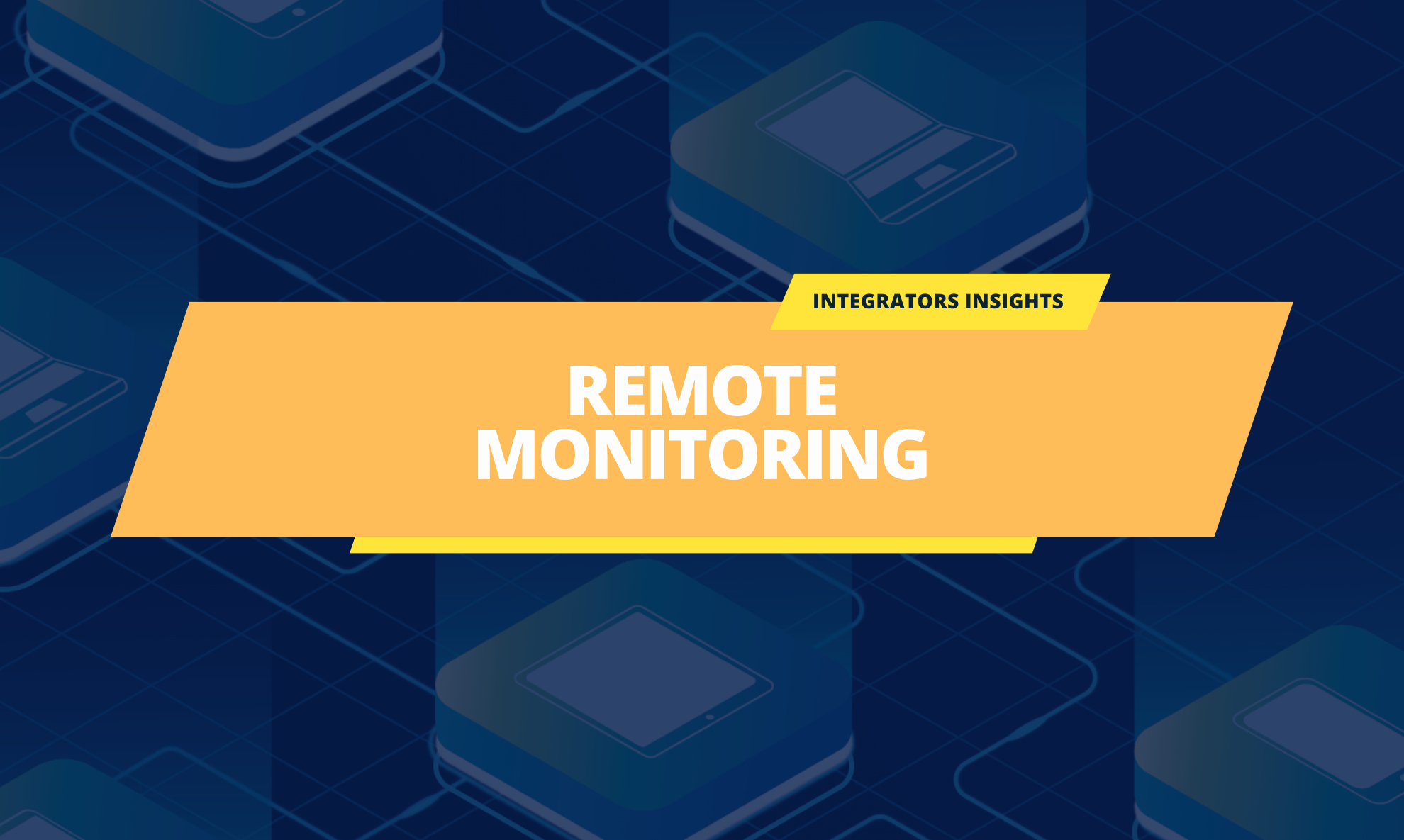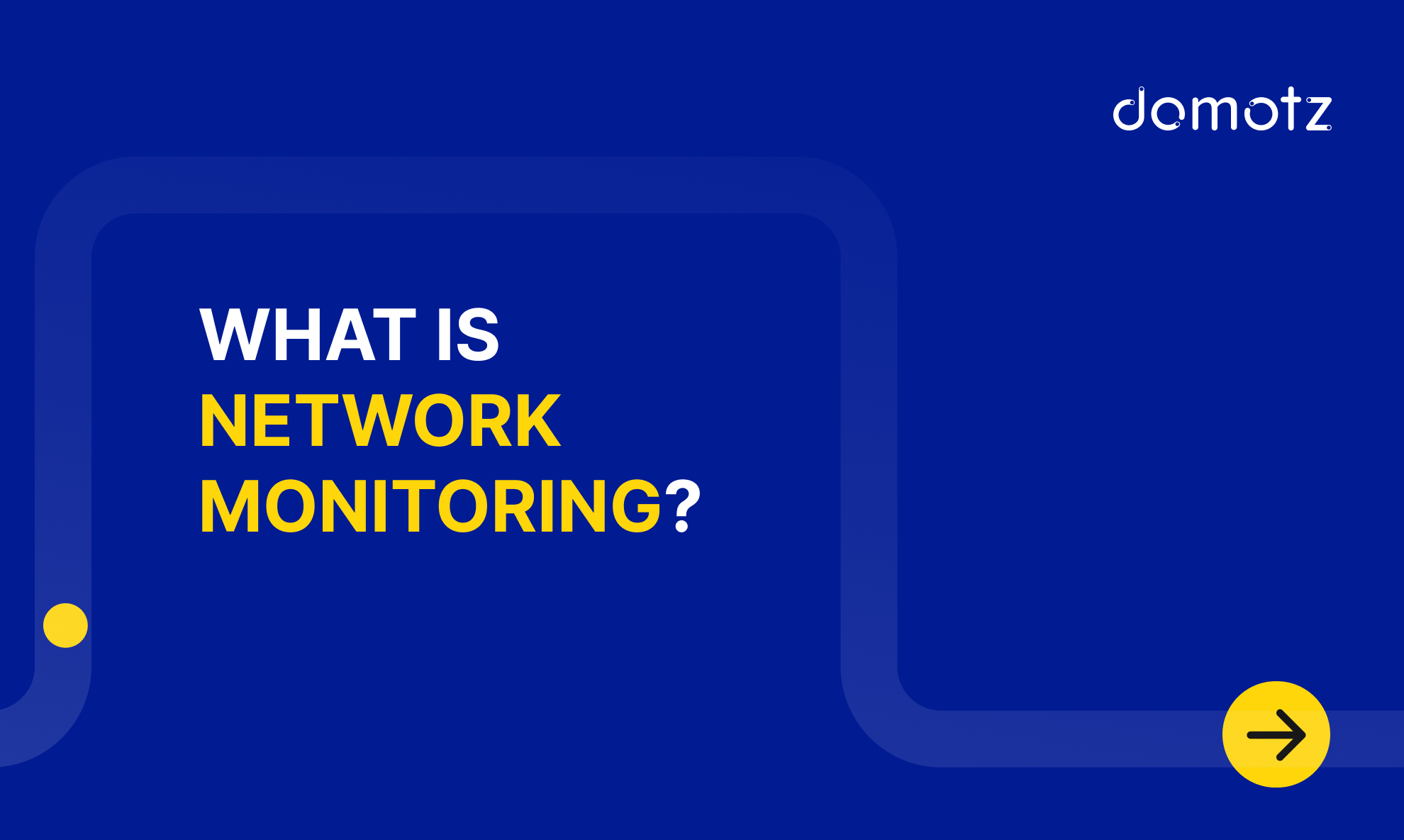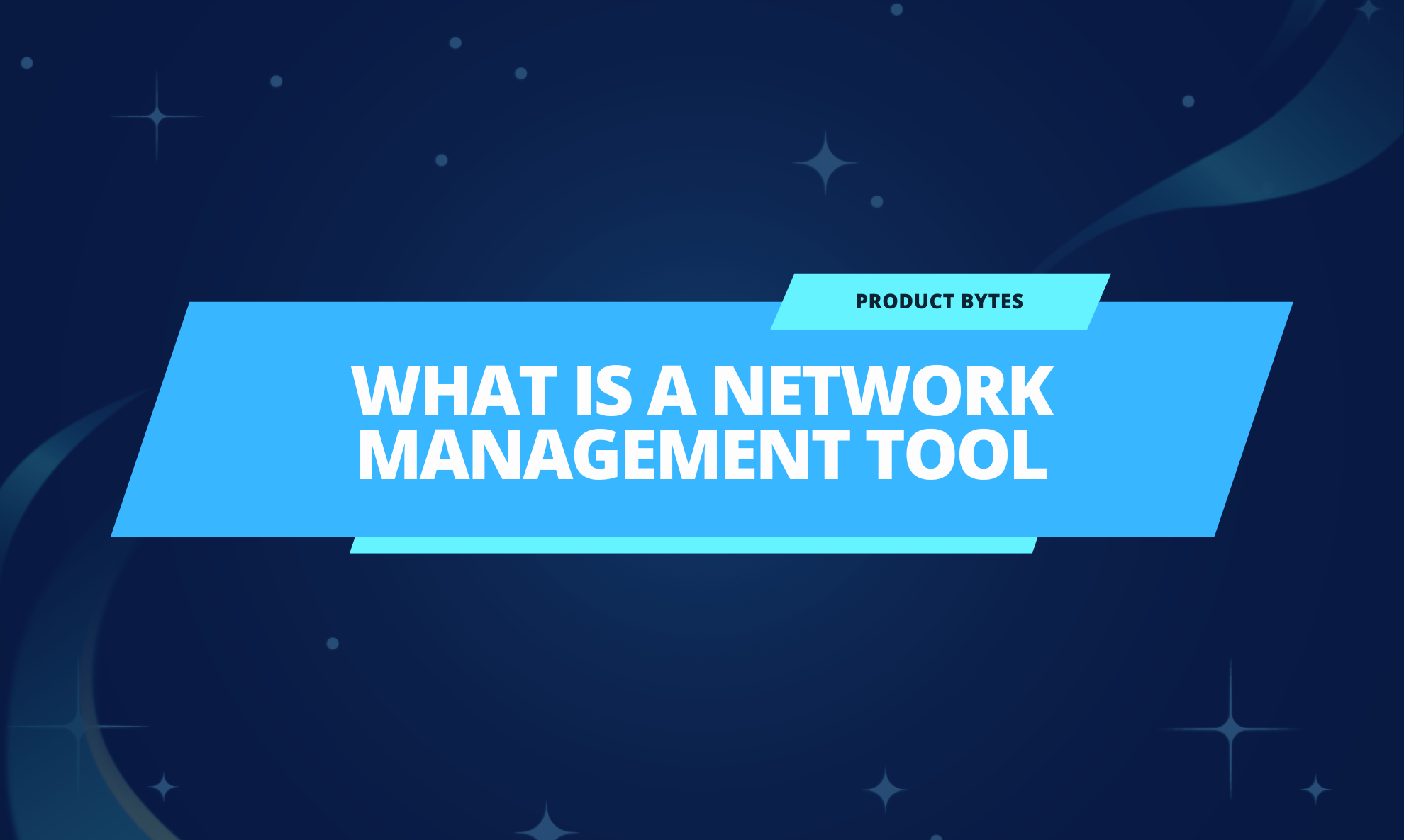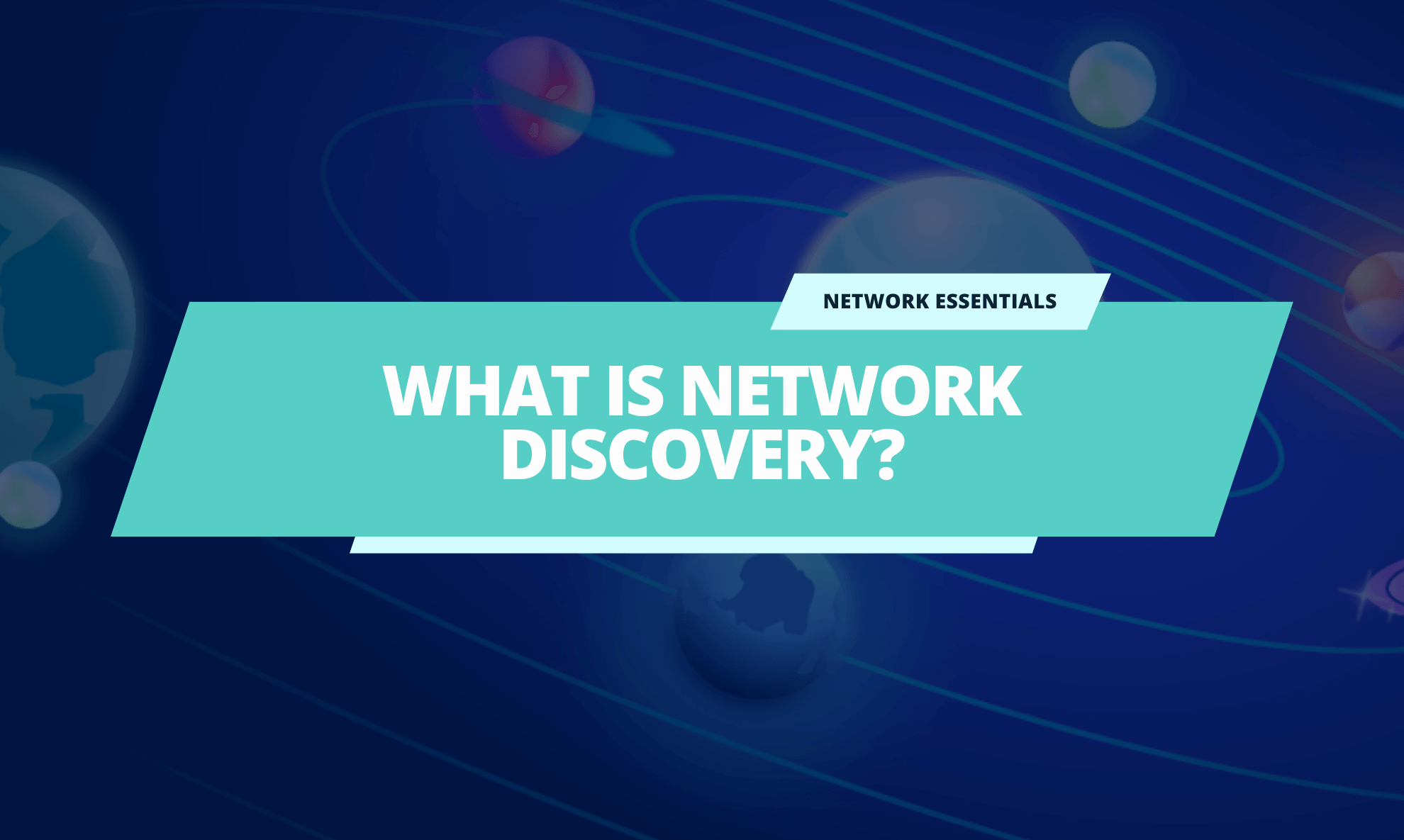Last week we talked about how remote monitoring and management (RMM) could be used as a tool:
- to improve operational efficiencies and reduce customer service costs
- as a platform on which to base services that generate recurring revenue. Today we’ll focus a bit more on the latter of these two concepts and explore how CI pros can improve their businesses and bottom line by using RMM as the basis of a premium customer service program.
According to Gartner Research, by 2020 the number of connected devices installed will exceed 20 billion, up from just over 6 billion in 2016. Other researchers project even loftier numbers—some as high as 38 billion IoT devices by 2020.
Regardless of the number, it stands to reason that the CI channel will play an important role in driving this growth – and the more devices installed in a given home or business, the more challenging it will become for integrators to ensure a great customer experience. After all, it’s technology. Things don’t always work as intended and there’s no way to completely avoid problems. So, it comes down to how you take care of the customer when issues do arise.
With such explosive growth opportunities, now is the time to make sure your service offerings can keep up with customer expectations. RMM can help you solve problems in real-time.
For example, when a customer calls for support, you have complete visibility into the customer’s network and devices on the network. Thus, you can take immediate action to solve issues while the customer is on the phone. Even better, by setting up alerts and actively monitoring your customer’s system, problems may be resolved before the customer even knows there is a problem. Now, how much does a customer value this and how to best monetize it? Here are just a few ideas:
1) Sell confidence and certainty
Think about how automotive extended warranties, commercial equipment service contracts, or even utility budget billing is positioned and sold. It isn’t that any of those things eliminate problems. They make the problems more palatable when they do happen. They help avoid surprises. It’s paying in advance to have problems fixed easily later. You can do the same with home systems.
2) Minimize customer risk
If a customer spends thousands (or tens of thousands) of dollars on home entertainment and automation, they want it to work.
What if they could pay a fixed price up front and know they’ve reduced their risk of an expensive surprise coming up at the least opportune time? The bill from the kids’ orthodontist just showed up, and now the home automation system is down too?
3) Offer packages and incentives
To drive interest in the service, integrators can create their own support program that includes added perks like savings when on-site visits are required to fix an issue. By using an incentive like discounted service calls, the message to customers is simple: Invest in remote management now and you’ll save money later.
4) Make it a requirement
We actually have a number of integrators that require an annual service contract that includes RMM. The customer is told up front that because of the complexity of the system it is the only way the integrator can ensure a great experience and the only way they will do business.
5) Get creative
There is no single best way to monetize RMM. Put together a program that makes sense for your business and your customers. Offer a “Systems Health Management Service.” Tell your customers you are offering real-time remote support and assistance services. Work with a Managed Service Provider like Axius, Krika Concierge or OneVision to help you deliver on promises and expectations. With affordable remote network management software driving the offering, you can offer a service program that’s in reach of all your customers.
Oh, and don’t get hung up on the word “monthly” in recurring monthly revenue. Offer an annual contract so the customer can pay once and be good for the year. Or, offer the service annually, but collect payments quarterly or monthly; whatever the customer is comfortable with.
Every home or business with professionally-installed technology deserves a reliable experience. For the integrator, this is best accomplished by remotely monitoring and managing the customer’s systems.
Monetize that service by offering customers peace-of-mind and the comfort that their systems are monitored 24/7/365.



